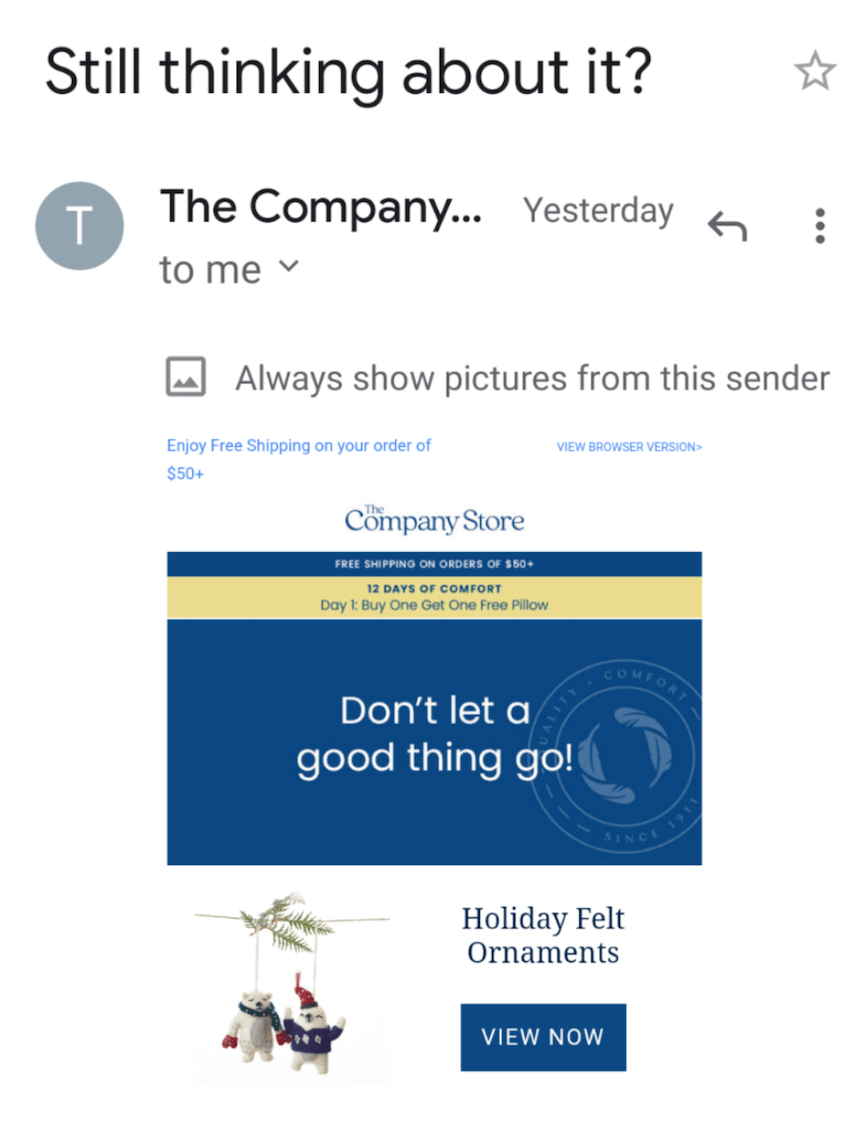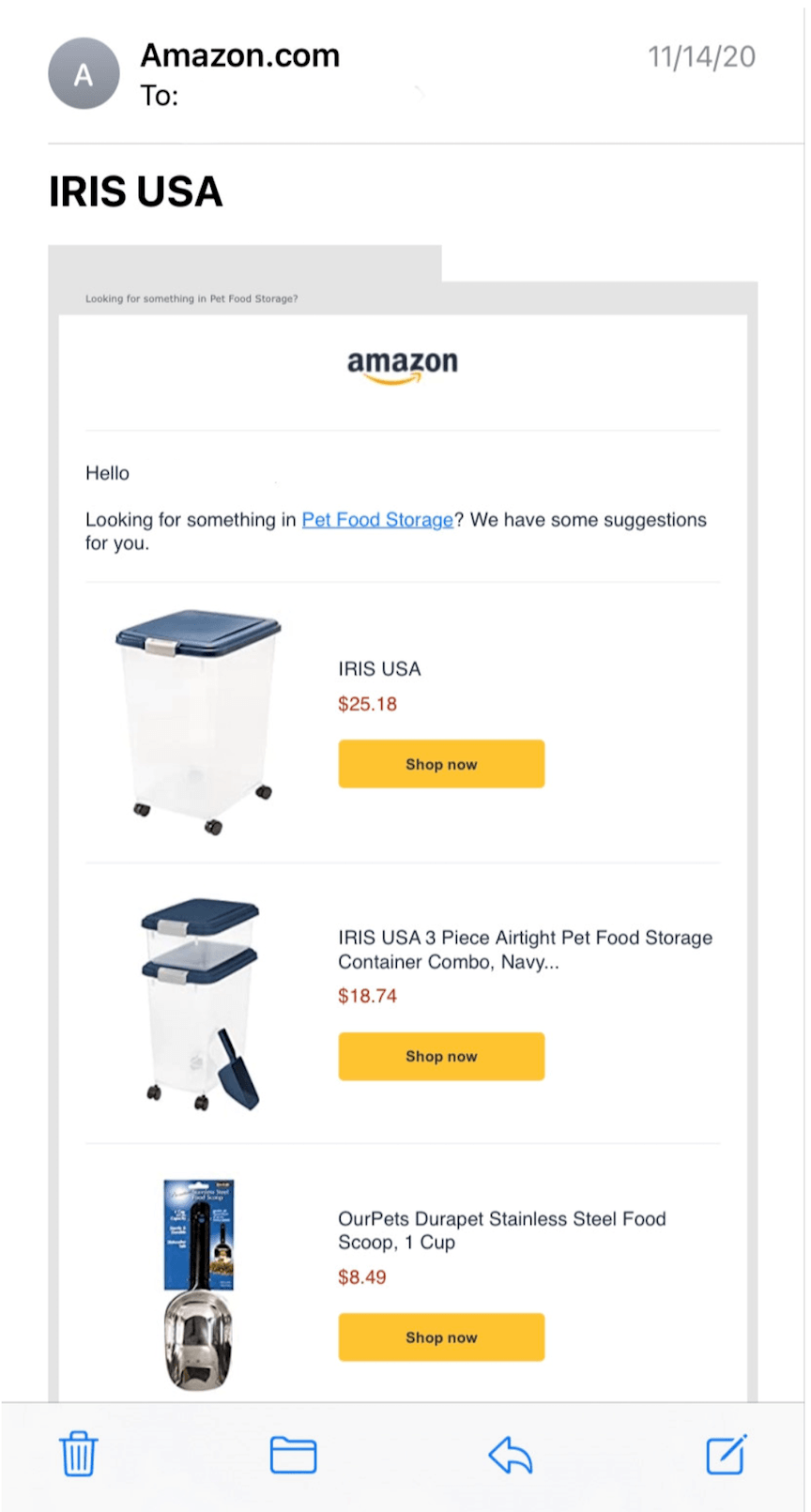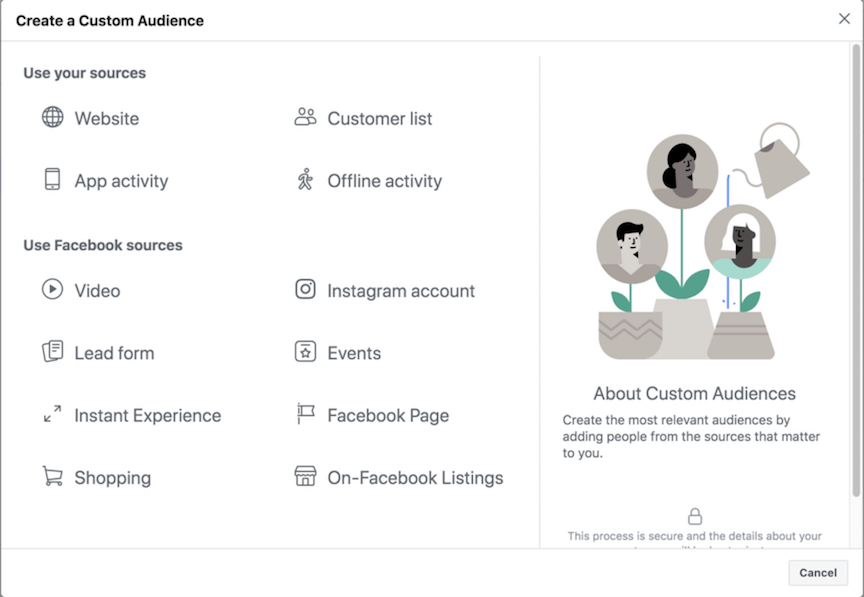Remarketing vs. Retargeting: A Closer Look
Have you ever looked at a product on a website and then seen an ad or email about it? That was likely an example of retargeting or remarketing.
Retargeting and remarketing are some of the best ways to bring interested users back to your site and convert them into customers.
While these advertising tactics are useful, there’s a lot of confusion surrounding remarketing vs. retargeting.
Are remarketing and retargeting the same thing? Are they different? And how can you use them to get more sales for your business?
We’ll answer these questions and more in this blog post!
Want more digital marketing tips sent to your inbox? Sign up for our email newsletters!
93% of customers are extremely satisfied with our results.

Remarketing vs. retargeting: The similarities
Today, the terms remarketing and retargeting are often used interchangeably. It’s understandable, as they share the same goals and use similar strategies to accomplish them.
Both remarketing and retargeting involve marketing to users who have already interacted with your brand. Often, these users haven’t yet made a purchase. You might also attempt to up-sell or cross-sell an existing customer or convince them to renew a subscription.
Remarketing vs. retargeting: The differences
While remarketing and retargeting have a lot in common, there are some commonly recognized differences.
Remarketing is mostly used to refer to email marketing while retargeting typically refers to online ads. The difference isn’t really the strategy being used — it’s the channel.
How email remarketing works
Email remarketing refers to using email to re-engage users and move them toward making a purchase.
Using an email marketing platform, you can automatically send emails to users based on timelines or when a user completes a particular action on your site.
If a user leaves an item in their shopping cart on your website, you might automatically send them an email the next day reminding them about the item. Including a special discount or another offer in the email can encourage them to complete the transaction.

If a user does complete a purchase, you could send them an email featuring products that go well with their recent order, such as accessories or upgrades.

Using the timeline approach, you might periodically send users emails updating them on new products that are similar to their past purchases.
You could also send a current customer an email encouraging them to renew a service when their subscription nears its end.
How ad retargeting works
Ad retargeting refers to targeting display ads or social media ads to users who previously interacted with your brand online in a particular way.
For example, a user might place an item in their cart or click on a product but not complete the checkout process.
When the user takes this action, a cookie is set in their browser. Advertising platforms such as the Google Display Network or Facebook can then use this information to show ads to these users on other websites they visit.
These ads may show the exact products the customer viewed on your website or show several products in the same category. The specific content of your ad is, of course, up to you.

Ad retargeting is frequently based on on-site interactions — those that occur on your website. A user placing an item in their cart but not completing checkout is an example of an on-site interaction.
You can also target users based on off-site interactions. This method involves users who interact with your brand on sites you don’t own, such as your social media pages and content.
Facebook, for example, allows you to target users who interacted with your page, a video you posted, an event you created, and more.

The benefits of remarketing and retargeting
Remarketing and retargeting allow you to target highly qualified leads who are close to making a purchase decision. This ability can help you quickly increase your sales.
When you retarget or remarket to a user, you know they’re interested in your brand. They’ve already visited your website or social media profile. You might also know what kinds of products they’re interested in based on what they clicked on while browsing your site.
If a user placed an item in their cart, they’re likely close to making a purchase decision. They’re seriously considering your product. They might have even planned to complete the transaction but got distracted.
In these situations, a remarketing email or retargeting ad can be just what you need to get them to convert.
Users might not convert the first time they visit your website, but if you can bring them back, the chances of conversion are much higher. In this way, remarketing and retargeting can help you make the most of your website traffic and your advertising budget.
The blurry line between remarketing and retargeting
Part of the reason there’s confusion around remarketing vs. retargeting is the fact that the lines between various marketing channels are becoming increasingly blurry.
In the past, you could email users who subscribed to your email lists, but you didn’t really know whether your ads were reaching those same users. Email, online ads, and other channels were fairly siloed.
Now, though, using online advertising platforms like Google Ads and Facebook, you can target users with paid ads using email lists. These platforms can take users’ email addresses, match them to user data and login information, and serve targeted ads to those users.
Add to that the fact that you can use similar content in your paid ads and emails to target the same sets of users, and the lines get even more blurry.
How to make the most of remarketing and retargeting
We could spend all day on the subtle differences between remarketing vs. retargeting, but those differences aren’t really all that important in today’s digital marketing landscape.
What truly matters is the channels that work best for your objectives and audience. You need to find the mix of email, paid ads, and other channels that best helps meet your goals.
You’ll probably end up using some email marketing and some paid ads, and the data from all of your marketing efforts will influence the decisions you make across channels.
So, the most important thing to focus on is creating well-researched, data-backed campaigns, tracking their performance, and adjusting them based on the new data you collect.
To track this data and plan and run your campaigns, consider a digital marketing platform like MarketingCloudFX. This suite of marketing tools can track your campaign data, provide artificial intelligence-powered recommendations, and automate email marketing, lead nurturing, and other aspects of your marketing.
Are you interested in custom reporting that is specifc to your unique business needs? Powered by MarketingCloudFX, WebFX create custom reports based on what you care about most.Measuring what matters most
Grow your business with smart remarketing and retargeting
At WebFX, our team of more than 250 digital marketing experts knows how to analyze digital marketing campaigns and create strategies that get results. In fact, we’ve helped our clients generate over $2.4 billion in sales over the last five years.
To get more insights from our digital marketing team, sign up for one of our email newsletters.
If you’d like help improving your remarketing or retargeting strategies, request a free quote today.